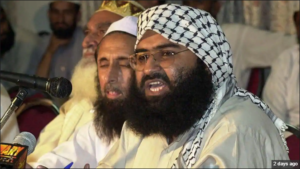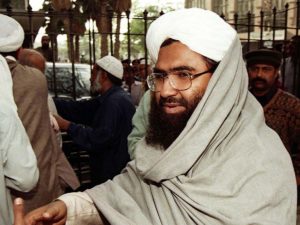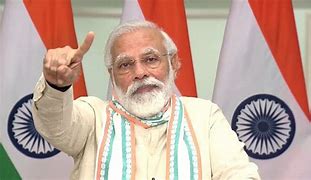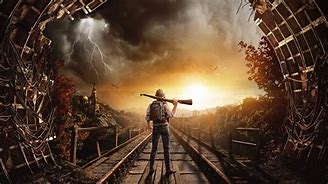Feature
Dreaded Jaish chief Masood Azhar once stayed in Ashok & Janpath hotels in Delhi in 1994
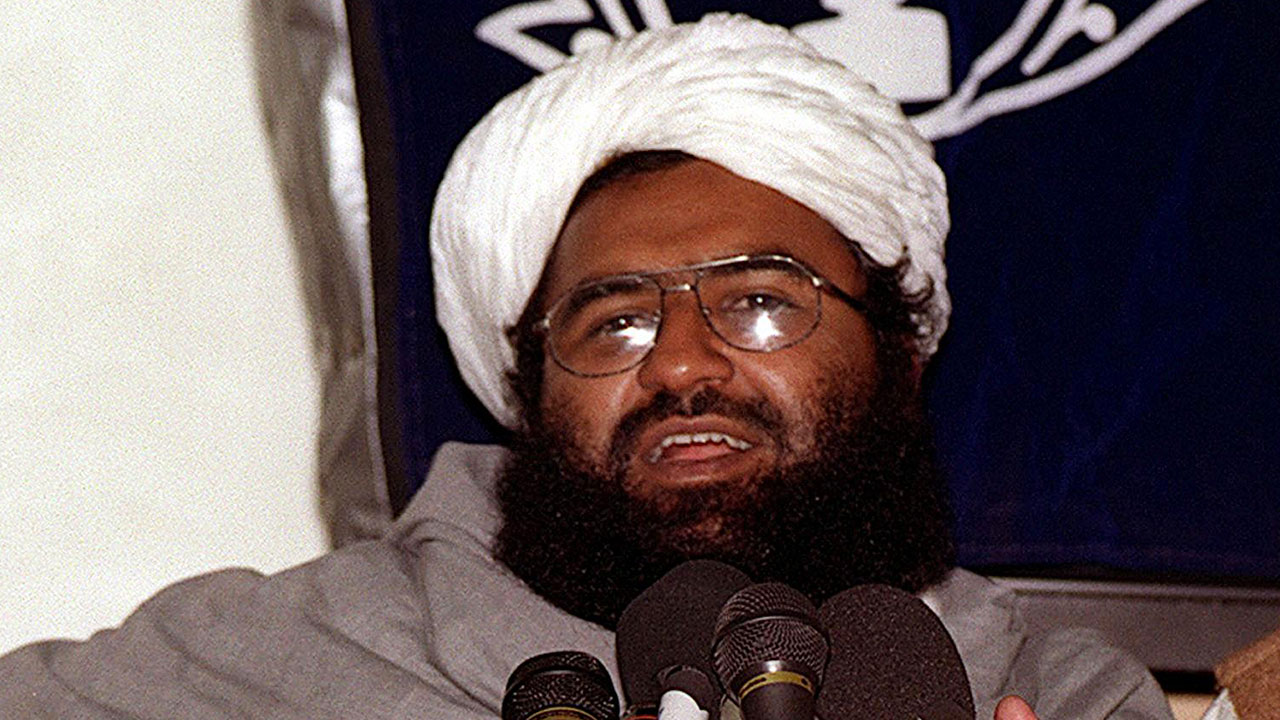
New Delhi: Some information emerging from Pulwama mastermind and Jaish-e-Mohammed (JeM) Masood Azhar interrogation report that when he was in Indian captivity for five years-reveal that like 26/11 perpetrator David Coleman Headley, he too roamed around India without any fear.
On exiting IGI, like Headley, he too was driven to the Ashok Hotel slapbang in the middle of LBZ and the heart of India’s diplomatic community (Headley had stayed at the Mumbai Taj and got GPS coordinates for all the locations for 26/11).
The Jaish supremo arrived in India on a Portuguese passport in 1994. Over the next 15 days, he stayed at Hotel Janpath, then Karol Bagh and visited Darul-uloom Deoband in Saharanpur and Lucknow.
JeM chief arrived from Dhaka, and when questioned by immigration that he didn’t look like a Portuguese referring to his passport, he claimed he was a Gujarati by birth. The report says: “I spent two days in Dhaka and thereafter travelled to Delhi by Bangladesh Airlines (Biman), reaching the IGI Airport in early hours of January 29, 1994.”
The immigration officials at IGI commented that I did not look like a Portuguese but when I replied that I was a Gujarati by birth, he did not hesitate to stamp my passport. I hired a taxi and asked (the driver) for a good hotel. I was taken to the Ashok Hotel in Chanakyapuri where I stayed.”
“At Saharanpur, Azhar reportedly stayed for the night at a mosque of Tabligh-ul-Jamat and he did not reveal his true identity. On January 31, 1994, he returned to Delhi by the same car after staying overnight at Khan Ji of Maulana Masir-ul-ullah Khan at Jalalabad. This time he stayed at Hotel Janpath located near Connaught Place.
He flew onwards to Srinagar on February 9, but before that, decided to visit Maulana Abu Hassan Nadvi alias Ali Mian in Lucknow. Unable to make his tryst with this person, he returned once again to Delhi but stayed at Hotel Sheesh Mahal in Karol Bagh.
Afraid Jaish chief Masood Azhar stayed at prominent Ashok & Janpath hotels in Delhi in 1994:
In all Delhi hotels, Azhar registered himself in the assumed identity of Portuguese national Vali Adam Issa. “In Delhi, on February 8, 1994, I visited the Centre of Tabligh-ul-Jamat at Nizamuddin, but did not meet any particular person. I had also purchased 12 compasses (to give direction of Mecca) from Nizammudin to offer them as gift to militants in the Kashmir valley,” he revealed to interrogators.
On February 10, he was taken to a place called Matigund where all Pakistan/PoK terrorists congregated. “They (the terrorists) were happy about my visit and merger of Harkat-ul-Mujahideen and Harkat-ul-Jihad al-Islami. I had taken their addresses and letters so that I can communicate their welfare to their families on return to Pakistan,” he told the interrogators.
While returning from Matigund, accompanied by Afghani and another person who was armed and had a wireless set, the car developed a snag and stopped. Then Azhar and his accomplice boarded a three-wheeler and proceeded to Anantnag. After travelling for about 2-3 km, the autorickshaw was stopped by Army personnel which led to an exchange of fire.
“Farooq started running and opened fire which was returned by the Army men. Farooq managed to escape but I along with Afghani was arrested,” he told his questioners.
He was housed at the Kot Bhalwal Central Jail in Jammu.
For the infamous IC-814 exchange, the dreaded Azhar was freed from Indian captivity in 1999 along with two other terrorists. Since then, he has made it his business to target India, he was the brains behind the December 13, 2001 Parliament attack.
Entertainment
Meghalaya Reserves Legalized Gambling and Sports Betting for Tourists

The State Scores Extra High on Gaming-Friendly Industry Index
Meghalaya scored 92.85 out of 100 possible points in a Gaming Industry Index and proved to be India’s most gaming-friendly state following its recent profound legislation changes over the field allowing land-based and online gaming, including games of chance, under a licensing regime.
The index by the UK India Business Council (UKIBC) uses a scale of 0 to 100 to measure the level of legalisation on gambling and betting achieved by a state based on the scores over a set of seven different games – lottery, horse racing, betting on sports, poker, rummy, casino and fantasy sports
Starting from February last year, Meghalaya became the third state in India’s northeast to legalise gambling and betting after Sikkim and Nagaland. After consultations with the UKIBC, the state proceeded with the adoption of the Meghalaya Regulation of Gaming Act, 2021 and the nullification of the Meghalaya Prevention of Gambling Act, 1970. Subsequently in December, the Meghalaya Regulation of Gaming Rules, 2021 were notified and came into force.
All for the Tourists
The move to legalise and license various forms of offline and online betting and gambling in Meghalaya is aimed at boosting tourism and creating jobs, and altogether raising taxation revenues for the northeastern state. At the same time, the opportunities to bet and gamble legally will be reserved only for tourists and visitors.
“We came out with a Gaming Act and subsequently framed the Regulation of Gaming Rules, 2021. The government will accordingly issue licenses to operate games of skill and chance, both online and offline,” said James P. K. Sangma, Meghalaya State Law and Taxation Minister speaking in the capital city of Shillong. “But the legalized gambling and gaming will only be for tourists and not residents of Meghalaya,” he continued.
To be allowed to play, tourists and people visiting the state for work or business purposes will have to prove their non-resident status by presenting appropriate documents, in a process similar to a bank KYC (Know Your Customer) procedure.
Meghalaya Reaches Out to a Vast Market
With 140 millions of people in India estimated to bet regularly on sports, and a total of 370 million desi bettors around prominent sporting events, as per data from one of the latest reports by Esse N Videri, Meghalaya is set to reach out and take a piece of a vast market.
Estimates on the financial value of India’s sports betting market, combined across all types of offline channels and online sports and cricket predictions and betting platforms, speak about amounts between $130 and $150 billion (roughly between ₹9.7 and ₹11.5 lakh crore).
Andhra Pradesh, Telangana and Delhi are shown to deliver the highest number of bettors and Meghalaya can count on substantial tourists flow from their betting circles. The sports betting communities of Karnataka, Maharashtra, Uttar Pradesh and Haryana are also not to be underestimated.
Among the sports, cricket is most popular, registering 68 percent of the total bet count analyzed by Esse N Videri. Football takes second position with 11 percent of the bets, followed by betting on FIFA at 7 percent and on eCricket at 5 percent. The last position in the Top 5 of popular sports for betting in India is taken by tennis with 3 percent of the bet count.
Local Citizens will Still have Their Teer Betting
Meghalaya residents will still be permitted to participate in teer betting over arrow-shooting results. Teer is a traditional method of gambling, somewhat similar to a lottery draw, and held under the rules of the Meghalaya Regulation of the Game of Arrow Shooting and the Sale of Teer Tickets Act, 2018.
Teer includes bettors wagering on the number of arrows that reach the target which is placed about 50 meters away from a team of 20 archers positioned in a semicircle.
The archers shoot volleys of arrows at the target for ten minutes, and players place their bets choosing a number between 0 and 99 trying to guess the last two digits of the number of arrows that successfully pierce the target.
If, for example, the number of hits is 256, anyone who has bet on 56 wins an amount eight times bigger than their wager.

